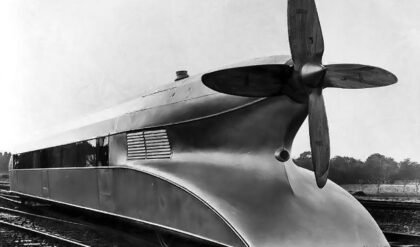
Slot car racing holds a significant place in hobby history. It originated in the early 1900s and experienced a resurgence in the 1950s, thanks to innovative British entrepreneurs. These individuals introduced electrified tracks and miniature, controllable cars, which inspired a new generation of enthusiasts.
h/t: vintag.es

This fervor spread across the Atlantic and captivated the American market. By the peak of the 1960s, the U.S. housed over 3,000 public race tracks. Leading manufacturers such as Scalextric, Revell, Aurora, Carrera, and Tyco contributed to the craze, collectively earning an astounding $500 million annually from car and equipment sales.

With only a few dollars, children would flock to these tracks, basking in the thrill of racing for hours with friends. However, like many fads, the slot car racing mania reached its peak and started to decline. The businesses struggled to maintain profitability by charging these young enthusiasts a pittance to use their expansive tracks.

Like other large establishments such as ice-skating rinks, bowling alleys, pool halls, and miniature golf courses, slot car centers also started disappearing. By the early 1970s, their numbers sharply declined. Only 200 tracks were operational by 1975, and most of them closed down, marking the end of an era for slot car racing.



















